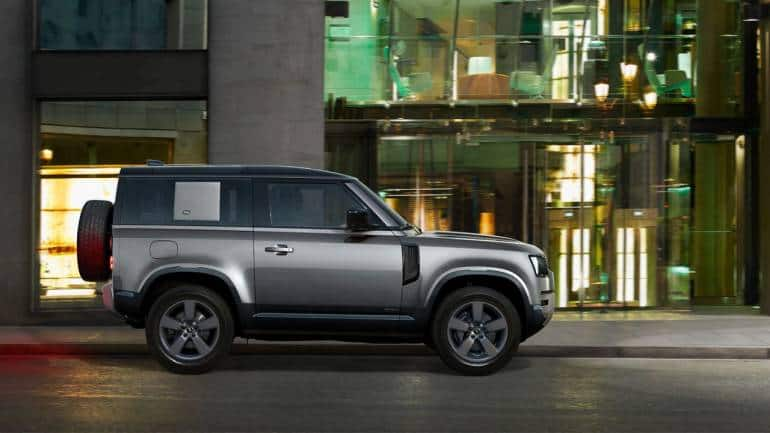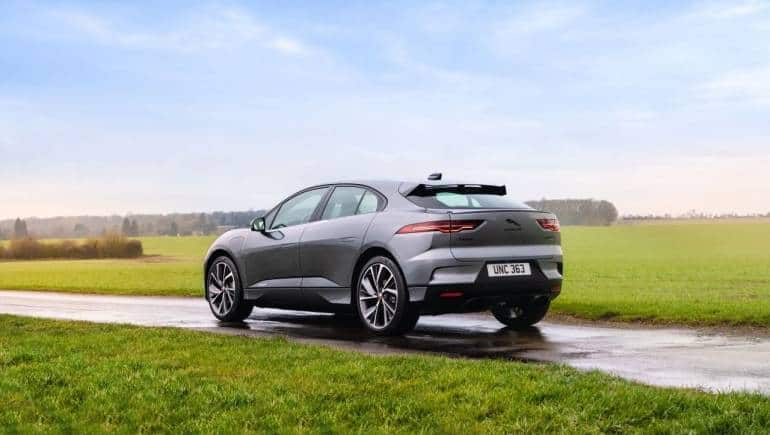Tata Motors Ltd - 500570 - Announcement under Regulation 30 (LODR)-Analyst / Investor Meet - Intimation
Pursuant to Regulation 30 of the SEBI (Listing Obligations and Disclosure Requirements) Regulations, 2015, attached is the schedule of meeting with the Analyst / Institutional Investor on May 25, 2021.25-05-2021






